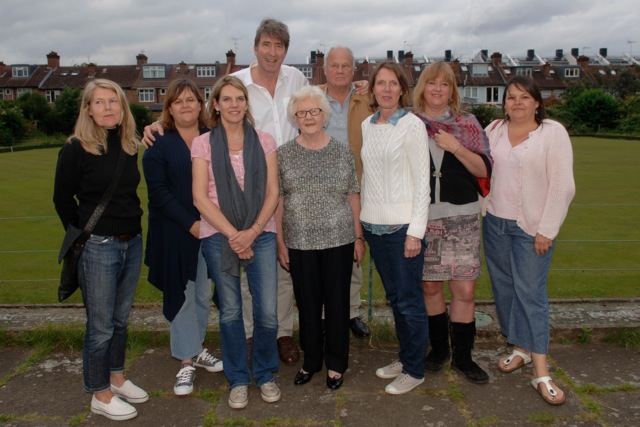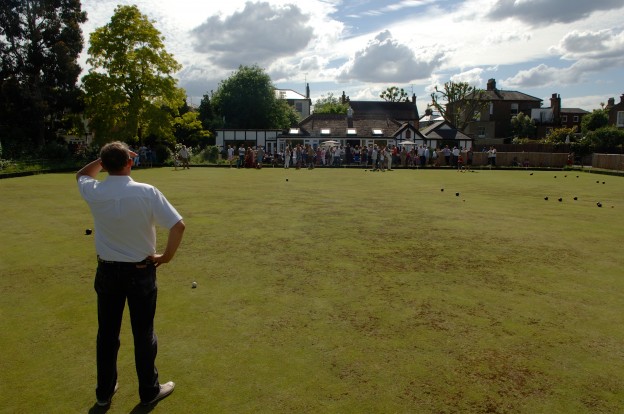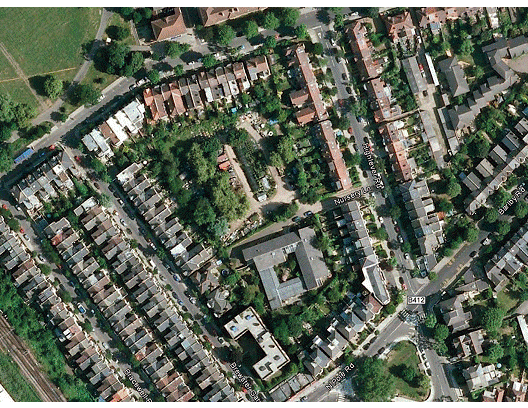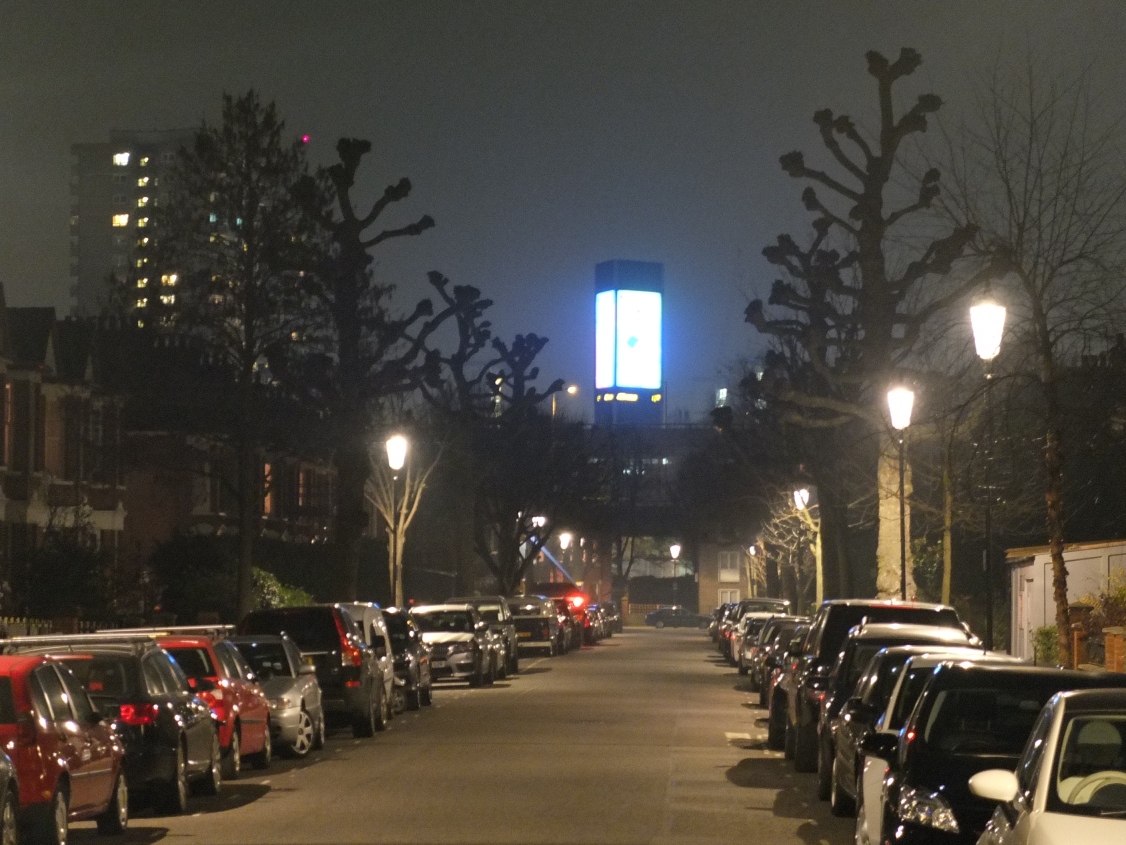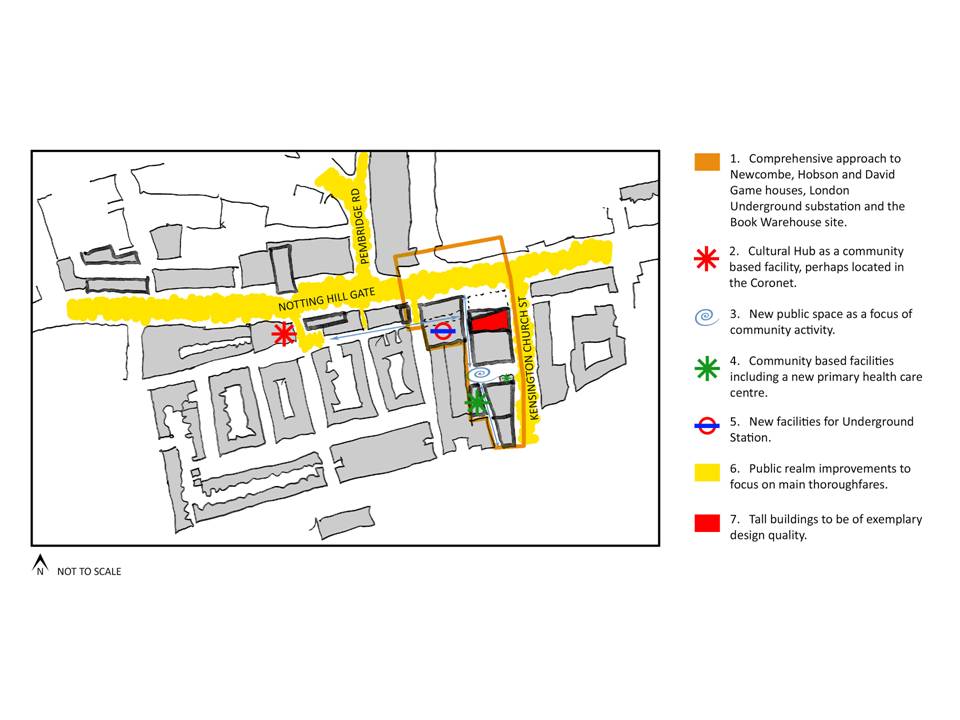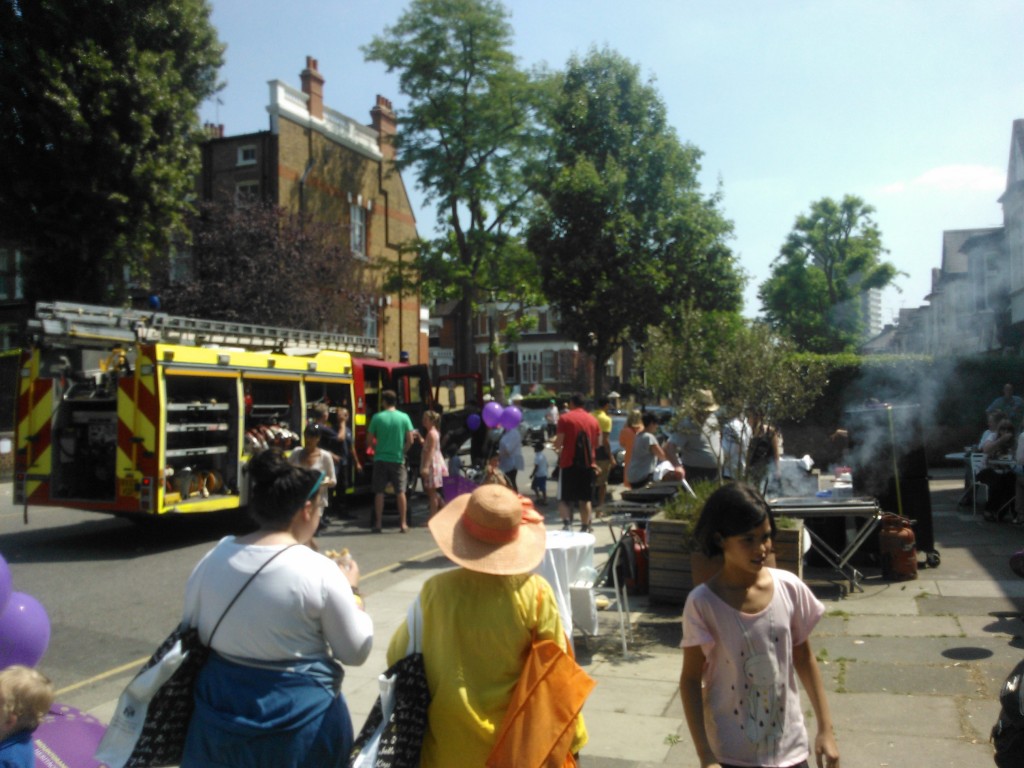Hammersmith & Fulham Council on October 23rd will be adopting the final version of the White City Opportunity Area Planning Framework.
This will become a Supplementary Planning Document to the borough’s Core Strategy, and will be taken into account when decisions are made on planning applications for sites in the Opportunity Area.
The document has been through two rounds of public consultation, one in early 2011 and one in mid 2013. In the long interval between the two, the council granted planning permissions to developments on most of the key sites in the Opportunity Area.
These included the Imperial West scheme (with its 35 storey tower), the Helical Bar scheme (32 storey tower) and the next phase of Westfield (20 storey tower).
In response to both consultation exercises, local people said they did not want to see very tall towers in this part of London. The idea that it was somehow ‘appropriate’ to build a cluster of very tall buildings alongside Westway, as a ‘gateway to London’, has been widely derided and received no support in the consultation responses sent in the council.
Has the council taken any notice, in finalising the planning framework due to be approved next week?
If you read the Summary of Consultation Responses (on the council agenda) you might think the council would be making changes to final version of the planning frameworkl. Council officers summarise the consultation responses as saying:
The overwhelming concern expressed relates to guidance in theWCOAPF regarding building heights. Whilst there is some support for more flexibility regarding where tall buildings can be located in the opportunity area the majority oppose the building heights as being excessive and express concern regarding their impact on surrounding areas especially the impact on conservation areas.
Of most concern are the two towers proposed in the indicative masterplan on either side of the Westway and their detrimental effect on the skyline and their impact on local residents to the north and east including residents in RBKC and the Stable Way traveller’s site.
If you read what has actually changed in the text of the OAPF, as a result of this response from the public, you will see that the answer is very little. Below is one of two textual edits to this part of the final document:
Slender towers of approximately 21-30 storeys (up to 100 metres) would be appropriate along the Westway has been changed to read Slender towers of approximately 21-30 storeys (up to 100 metres) could be appropriate along the Westway.
As before the document blithely ignores the fact that the council has already approved two schemes with 35 and 32 storey towers in this location. Why has the wording not been amended to reflect current reality (as it has elsewhere in the document?)
Answer – because the council knows that buildings of this height have stretched national and London Plan policies beyond their legitimate limits, and they do not wish to acknowledge this in what will become part of the Borough’s statutory planning framework.
The only other textual change to this part of the document is as below:
The indicative masterplan identifies the limited locations where taller buildings might be suitable has been changed to read The indicative masterplan identifies the limited locations where taller buildings would be suitable
Note that this change has been made as the final outcome of a two-stage consultation exercise in which the responses from the public have said the complete opposite to the thrust of this revision.
So that is it. A long-drawn out process of public consultation on a strategic planning document, spread over several years and costing large sums of public money, and these are the end results?
This is why the general public has lost faith in the planning system, and in consultation processes that are required by Parliament but which can be rendered meaningless in practice by a council that wants to get its way.
The council made up its mind several years ago, in close dialogue with developers, about building heights in White City East. It has refused to listen ever since.
The one hope now is that Imperial College may prove a better listener. The College has acquired the former Dairy Crest site on Wood Lane, so the prospect of the Helical Bar scheme being built on this site is now past history.
The College has appointed the international firm of Skidmore Owings Merrill to prepare a new masterplan for what is now a combined 22 acre site. There is the prospect of a much more coherent plan, with better buildings, emerging to replace the currently approved schemes.
The College has shown a recent willingness to talk to the Hammersmith Society, the St Helens Residents Association, and the new St Quintin & Woodlands Neighbourhood Forum, at an early stage in this new masterplanning exercise.
A revised set of proposals could create a university, health, and science innovation complex of world class renown, and one that sits well alongside its residential neighbours.
But this will need the council to join with the College in showing greater respect to the voices of local people.

